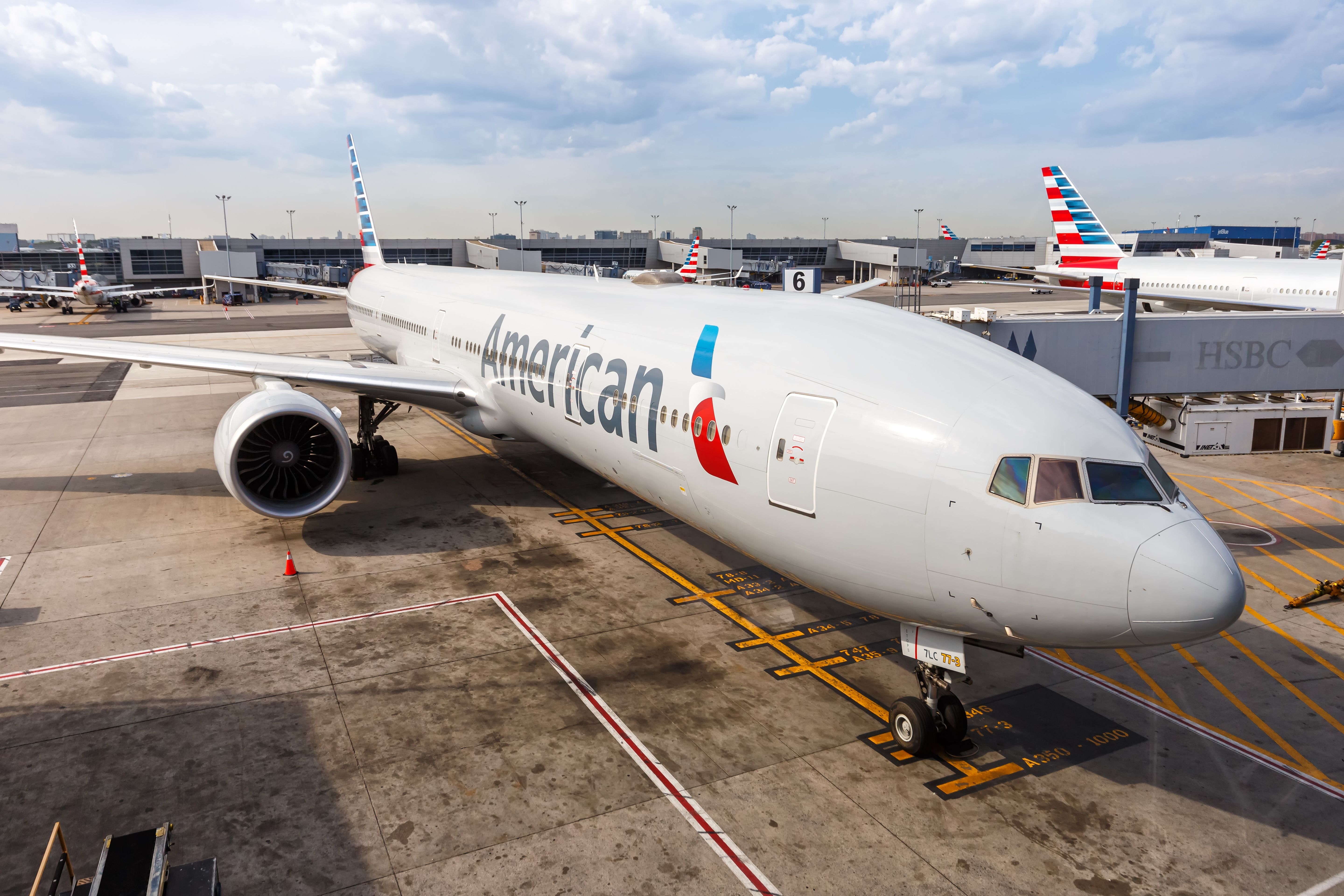What are “neighborhood parks”?
If you live in Bellingham, you’ve most likely visited one of the 46 parks in the area. The Bellingham Parks and Recreation Department divides these recreation areas into three categories: special use areas, community parks, and neighborhood parks.
Nearly half of Bellingham’s parks are neighborhood parks. These parks are characterized by their size, as they are located on small lots and offer fewer amenities. Bellingham is unique in having so many parks and trails per capita. Steve Janiszewski, parks operations manager, doesn’t see this trend slowing down any time soon.
“We have a standard where we aim to have either a park or a walking trail or some kind of open green space so that all residents live within a half-mile of whatever that is,” Janiszewski says. “Small neighborhood parks that exist so people can just walk out the door, go to a park and have a recreational experience.”
These parks have different shapes and locations, and not all parks in the neighborhoods have playgrounds. One of Janiszewski’s favorite parks is a sculpture park called Big Rock Garden Park in the Silver Beach neighborhood.
Growth and development
The continued growth and maintenance of the parks is thanks to Bellingham’s Greenways program and the funds taken from it. The Bellingham Parks Department has allocated approximately $22.7 million in Greenways funds, and a large portion of that is earmarked for future park acquisitions.
The parks department’s newest foreseeable development is called Northern Lights Park. It will be built among the row houses north of Costco, near Cornerstone at Aurora. Northern Lights is different from other traditional neighborhood parks because it will be built in a long, rectangular green space nestled between residential homes.


This facility will feature unique play elements such as a bamboo forest and rock climbing structures. During construction, park officials are trying to find ways to incorporate the natural features of the site, including relocating a boulder (the size of a small car) that workers recently discovered.
Parks funds also go toward upgrading playground equipment. When a park is redesigned, the department contacts residents, holds public meetings, and seeks input from children at local schools. A new slide in Lorraine Ellis Park was recommended by neighborhood children and is one of the tallest slides in the city.
Safety and accessibility are the top priority for the entire park administration.
“Our goal in park operations is to maintain parks evenly throughout the system and make sure they are all maintained to a certain level and are safe for people to use,” Janiszewski said. “It doesn’t matter what neighborhood the park is in; we know all neighborhoods are important.”
One of the next parks on the department’s list to receive a facelift is Rock Hill Park, which will have a new playset installed in the near future.

A short history
The history of the neighborhood parks is best told in Aaron Joy’s 1999 book, A history of Bellingham parks, one of the few comprehensive historical accounts of Bellingham’s park system.
Fouts Park

The land where Fouts Park now stands was purchased and developed in 1979. The park is named after William Henry Fouts, the superintendent of schools when Whatcom and Skagit counties were consolidated and Whatcom’s first public school teacher.
Previously, the site housed a courthouse and garage until the buildings were demolished in the mid and late 20th century. When construction began, the park’s soil needed to be resurfaced because it consisted of organic debris, tiles and concrete from the demolition.
There was much debate over the dedication of the park, but in May 1979 the name “Fouts” was finally chosen. The park still exists today and is a beautiful, partially treed lawn in the neighborhood of the lettered streets.
Walnut Park (Peabody Plaza)

The first mention of this park dates back to 1913, when the triangular, oak-lined site was labeled simply as “Park” on a map. Although it was originally called Walnut Park, the property was renamed Peabody Plaza, most likely after Russell Vallette Peabody.
In 1956, residents attempted to deed the land to the fire department to build a new firehouse. Other residents, however, believed the property should remain a park. After some deliberation, 67 residents signed a petition against the firehouse and submitted it to the city. Then-Mayor John Westford assured residents that the park would remain under the control of the parks department.
Although there are virtually no amenities, a small patch of grass remained on the land for the enjoyment of local people, children and families.
Carl Lobe Park

Carl Lobe Park is uniquely small and was named after Carl “Bud” Lobe Jr.
Bud Jr. was a graduate of Bellingham High School and grew up across the street from the property. He died in 1944 at the age of 23 while serving in the U.S. military during World War II.
The land was donated to the city in the spring of 1950, and a plan for restoration was drawn up in 1978. The dedication can still be seen in the park today and serves as a lasting reminder of the young man’s life.
Get involved
The park service hosts work events on Saturdays from September through May. Volunteers clean up the land, remove invasive species, and replant the area. Popular volunteer opportunities include annual events such as Earth Day, Arbor Day, and Make A Difference Day, which can bring in up to 300 volunteers.
Janiszewski emphasized that maintaining and caring for the parks is not about the money, but about the employees and volunteers who dedicate their time to the park system.
“Many of our employees simply care about their parks and green spaces and are willing to invest their time,” Janiszewski said. “We support them by providing them with the tools they need and a project plan – and pizza and coffee.”






